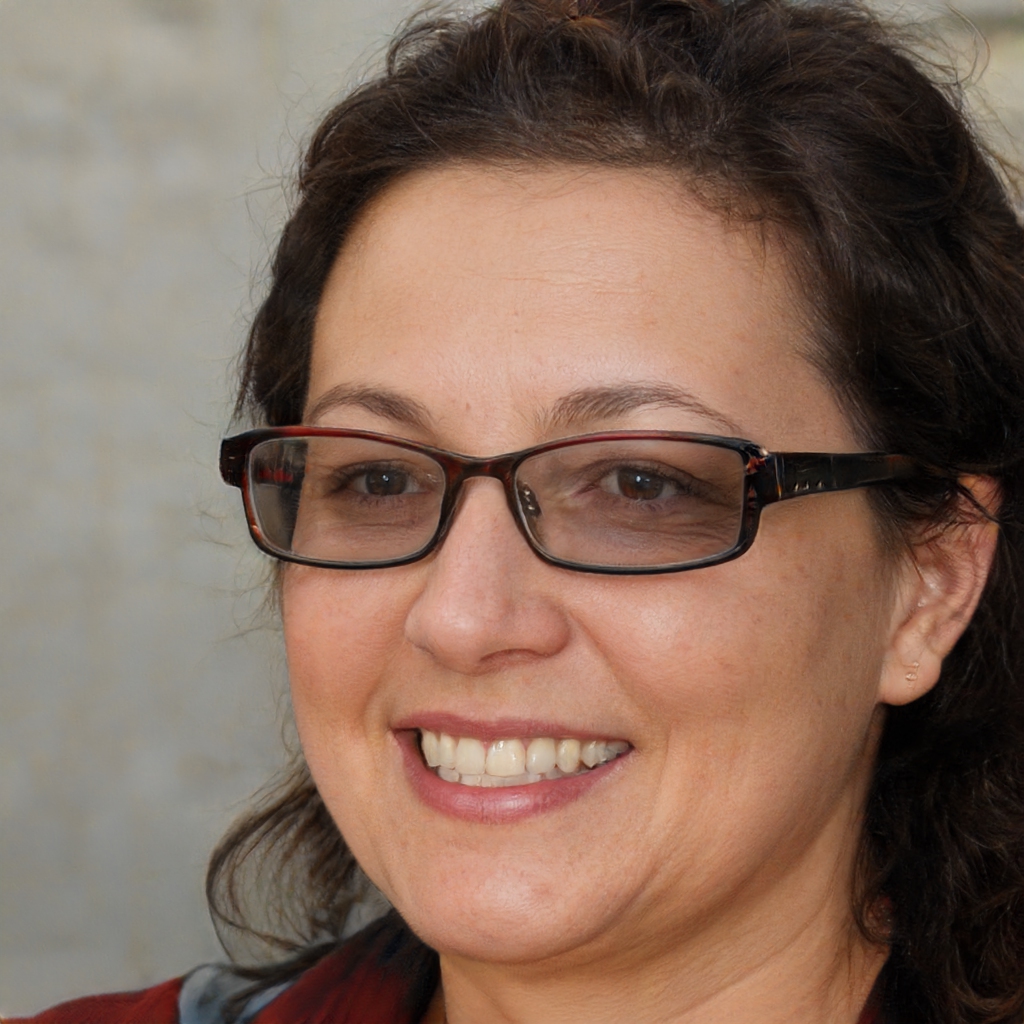They have interacted over the centuries with atmospheric agents making it more solid. Rome's famous mausoleum has an incredibly strong structure given by products partly of volcanic origin used in its construction.
The tomb of Cecilia Metella is one of Rome's best-known mausoleums. Dating back to the first century BC, researchers at the Massachusetts institute of technology (MIT) in Boston, led by Admir Masic and Marie Jackson, have discovered what made it so solid as to endure over the centuries. The material with which it was built is partly of volcanic origin and, interacting with the weather, has acquired properties that have made it more resistant. The analysis was published in the Journal of the American Ceramic Society.
The construction of Cecilia Metella's tomb
The volcanic material used when the mausoleum was built, according to the researchers, led to an unusual chemical interaction with rain and groundwater that accumulated over two millennia that made the entire structure stronger. The building would be an example of the refined architectural technologies of Ancient Rome also described by Vitruvius, who explained how "building thick walls of rough bricks or with aggregates of volcanic rock, combined with mortar made from lime and volcanic tephra (porous fragments of glass and crystals from eruptions), could lead to structures that do not fall into disrepair over time."
How Cecilia Metella's tomb has changed over time
The MIT researchers analyzed how the mortar changed in the structure of the building. Crystals of leucite, a mineral rich in potassium, in the volcanic aggregate can dissolve over time, and reshape and reorganize the interface between the volcanic aggregates and the cement matrix, improving cohesion. The tephra used for the mortar in Cecilia Metella's tomb had more potassium-rich leucite, but centuries of rainfall and water seepage into the walls dissolved the leucite and released the potassium.
In Cecilia Metella's tomb, the dissolved potassium reconfigured itself into calcium-aluminum bricks, silicate and hydrate along with crystals of a mineral called stratlingite. "X-ray analysis and with spectroscopy allowed us to see how the mortar changed. The interface zones in the ancient Roman cement," Masic explained, "evolved constantly by reshaping themselves. These processes have contributed to strengthen and improve the resistance of the ancient materials".
If in Italy, well-known architectural works still reveal their secrets. In the rest of the world, new archaeological finds continue to be discovered, such as the largest cellar in the Byzantine world in Israel or the 40,000-year-old hidden cave recently discovered in Gibraltar.
Stefania Bernardini
